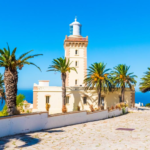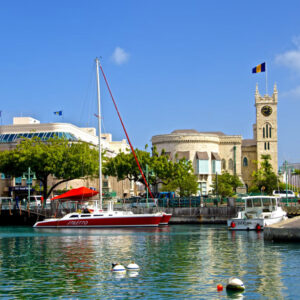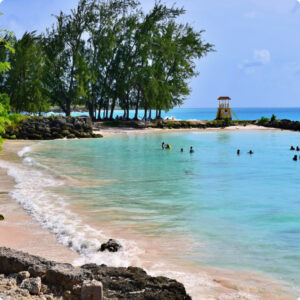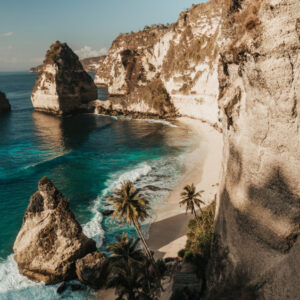Chefchaouen is a picturesque town in the Rif Mountains of northern Morocco, known for its stunning blue-painted buildings and vibrant, relaxed atmosphere. Often called the “Blue Pearl,” it attracts visitors for its unique architecture, scenic landscapes, and rich history.
-
Blue Medina – The town’s old medina is famous for its blue-painted walls, streets, and buildings, creating a serene and visually striking environment.
-
Rif Mountains – Surrounded by beautiful mountain landscapes, offering hiking and nature walks.
-
Kasbah and Historic Sites – Home to a historic kasbah, a beautiful 15th-century fortress, and several mosques and markets.
History of Chefchaouen:
-
Founding (15th Century):
Chefchaouen was founded in 1471 by Moulay Ali Ben Moussa, a descendant of the founder of the Alawite dynasty, as a military outpost to fight the Portuguese invasion. -
Influence of Andalusia:
The town’s distinct blue color is believed to be influenced by Jewish refugees from Spain in the 1930s, who introduced the practice of painting homes blue for spiritual reasons. -
Modern Era:
Chefchaouen has developed into a popular tourist destination while retaining its traditional charm and cultural identity.
Cultural Significance:
Chefchaouen is known for its tranquil vibe, making it a popular retreat for travelers seeking peace and beauty. Its blue-painted streets and buildings are a significant cultural feature, contributing to the town’s allure and mystique. The town also maintains a blend of Berber, Andalusian, and Jewish influences, giving it a rich and diverse heritage.










